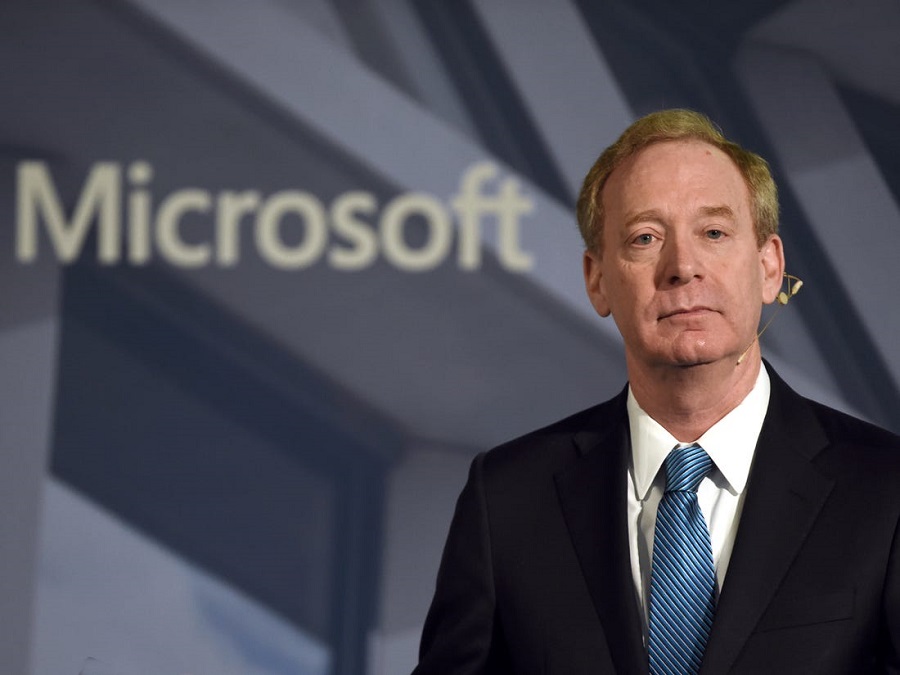Despite the disruptions caused by the COVID-19 pandemic, which affected most aspects of the Nigerian economy, Pension Fund Administrators (PFAs) in Nigeria performed satisfactorily, as they recorded positive returns between January and August 2020.
According to the report from Pension Nigeria, no PFA had negative returns on investment (ROI) during the period under review, indicating that all PFAs for Fund I, II, III, and IV recorded positive returns.
This is quite impressive, given that the pandemic had impacted most aspects of the Nigerian economy negatively, causing a 1.95% (year-to-date) decline of the NSE’s All Share index, while the country’s Gross Domestic Product (GDP) contracted by 6.1% in the second quarter of 2020.
READ: Nigeria’s pension fund assets increase to N8.14 trillion
Industry average Return on Investment (ROI)
- Fund I industry with 20 PFAs, recorded an average of 8.14% returns between January and August 2020.
- Fund II industry has 22 PFAs, and recorded an average return of 9.33%.
- Fund III recorded an industry average returns of 10.37%, with 22 PFAs.
- While Fund IV with 22 PFAs, recorded 9.01% return on investment.
It is worth noting that no single PFA was dominant in all the four funds. NLPC PFA Limited and Investment One Pension Managers Limited, however, had dominance in three funds.
(Read Also: How foreign exchange risks and others affect the Nigerian pension industry)
Veritas Glanvills pensions Limited, Fidelity Pension Managers Limited, and IEI-Anchor Pension Managers Limited topped the list in two funds. Radix Pension Fund Managers Limited, Stanbic IBTC Pension Managers Limited, Sigma Pensions Limited, OAK Pensions Limited, AXA Mansard Pension Managers Limited, NPF Pensions Limited, Crusader Sterling Pensions Limited, and Nigerian University Pension Management Limited dominated the list in one fund.
How the PFAs performed in each of the Funds
- Fund I – Veritas Glanvills Pensions Limited topped the list in average return on investment on Fund I with 21.11%, followed by Stanbic IBTC Pension Managers 12.33%, Sigma Pensions Limited 11.95%, OAK Pensions Limited 11.59%, and IEI-Anchor Pension Managers 9.88%.
- Fund II – NLPC Pension Fund Administrators Limited led the pack with an average return on investment of 24.32%, followed by IEI-Anchor Pension Managers Limited 11.59%, Crusader Sterling Pensions Limited 10.74%, Investment One Pension Managers Limited 10.65%, and Nigerian University Pensions Limited 10.25%
- Fund III – NLPC Pension Fund Administrators Limited dominated the top 5 list with 24.84%, followed by Investment One Pension Managers Limited 17.58%, Radix Pension Fund Managers 14.78%, Fidelity Pension Managers Limited 12.45%, and AXA Mansard Pensions Limited 11.46%.
- Fund IV – NLPC Pension fund Administrators Limited maintained the lead in the top 5 PFAs with 23.59%, followed by Investment One Pension Managers Limited with 15.28%, Fidelity Pension Managers Limited with 12.3%, NPF Pensions Limited with 10.98%, and Veritas Glanvills Pensions Limited with 9.74%.
How all the PFAs performed in all the Fund categories
12 out of the 22 PFAs performed above the average ROI of 9.28%, for all the funds put together. NLPC Pension Fund Administrators Limited topped the list (20.33%), followed by Investment One Pension Managers Limited (14.5%), Veritas Glanvills Pensions limited (12.02%), AXA Mansard Pensions (10%), OAK Pensions Limited (9.7%).
(Read Also: How foreign exchange risks and others affect the Nigerian pension industry)
Others include Leadway Pensure PFA Limited (9.67%), Crusader Sterling Pensions Limited (9.65%), AIICO Pension Managers (9.61%), IEI-Anchor Pension Managers Limited (9.51%), Fidelity Pension Managers (9.46%), Stanbic IBTC Pension Managers (9.45%), and Radix Pension Fund Managers Limited (9.28%).
Meanwhile, 10 PFAs performed below the average ROI, with Premium Pensions Limited (4.96%) at the bottom of the list, followed by APT Pension Fund Managers (5.81%), First Guarantee Pensions Limited (6.46%), TrustFund Pensions Plc (6.61%), ARM Pension managers (7.0%).
Other Administrators that made the list includes, Nigeria University Pension Management Co. Limited (7.23%), Pension Alliance Limited (7.40%), FCMB Pensions Limited (7.60%), Sigma Pensions (8.86%), NPF Pensions Limited (8.95%).
READ ALSO: Pension fund administrators pile up cash in anticipation of withdrawals
About PFAs
In Nigeria, the requirement for the Contributory Pension Scheme is that the pension funds are to be privately and exclusively managed by licensed Pension Fund Administrators (PFA). The main functions of the PFAs are to open Retirement Savings Accounts (RSA) for employees, invest and manage pension fund assets, payment of retirement benefits, and accounting for all transactions relating to the pension funds under their management.
Currently, there are twenty-two (22) PFAs in Nigeria with a total asset value in excess of N11 trillion as of date.
(Read Also: Lagos approves 33% increase for all state pensioners)
Effective from 2nd July 2018, the MultiFund Structure for Retirement Savings Accounts (RSA) was required to be implemented across all the PFAs in Nigeria. The Multi-Fund structure is a framework that aims to align the age and risk profile of RSA holders, by dividing the RSA Fund into four distinct fund categories;
- RSA FUND I: Retirement Savings Account Fund I (An Active Contributor who is below 50 years of age, and chooses for his contribution to be invested in this fund).
- RSA FUND II: Retirement Savings Account Fund II (default fund for all Active Contributors, who are below 50 years of age)
- RSA FUND III: Retirement Savings Account Fund III (default fund for all Active Contributors, who are 50 years and above)
- RSA FUND IV: Retirement Savings Account Fund IV (Fund for Retirees only)
Inter-Fund Movement
In implementing the Multifund framework, the Pension Commission allows Retirement Savings Account (RSA) holders to move from one fund category to another.
- Fund I – It is a special but optional fund category that RSA holders who are below 50 years of age can request to be moved to. It has the highest exposure to the stock market amongst all the funds under the multifund structure, as a higher percentage of the fund is usually invested in buying shares of companies, compared to other fund categories.
- Fund II – It is the default fund under the multifund framework for RSA holders who are below 50 years of age. Most RSA holders fall under this category. It is quite necessary to consciously monitor the performance of Fund I to assist in making decisions, whether to move to fund I or remain in the fund category.
- Fund III – It is the default fund for RSA holders who are 50 years of age and above, but are still active in the employment service. The multifund structure permits the PFAs to move anybody who is 50 years and above from Fund II to fund III. The law allows the RSA holders to request to be moved back to fund II if she/he so desires. If the RSA holder is 50 years and above and has not requested to be moved back to fund II, he/she will be automatically moved in Fund III. It is imperative the RSA holder monitors the performance of Funds III and II, as to be able to decide whether to remain in fund III or migrate to fund II.
- Fund IV – It is otherwise known as the Retiree fund. All the RSA holders who are retired from active service are automatically moved to fund IV category, and the retirees are not permitted to move to any other fund categories.






















